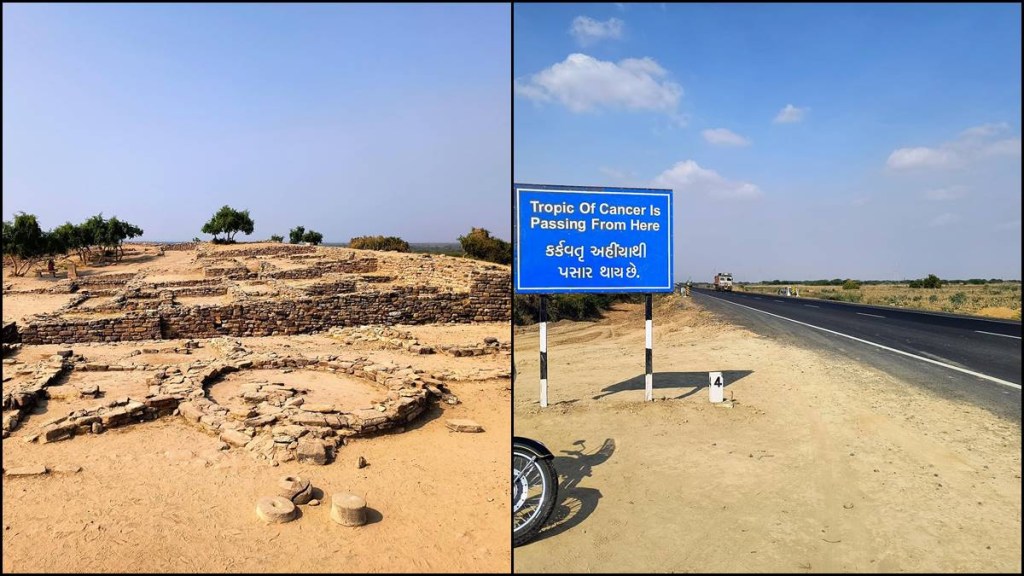“You can boast on Facebook that you went to Antarctica for a motorcycle ride,” a local told me as I was lost, almost endlessly, looking at the almost endless salt plains on both sides of the road. “A few kilometres further and you can boast you were crossing seas,” the man added.
Nowhere in India, possibly the world, can you see such a landscape as Rann of Kutch – salt flats covering almost the entire northern part of Gujarat and even extending into Sindh in Pakistan, followed by a shallow but huge water body that looks like an ocean, and topped up with a 5,000-year-old city.
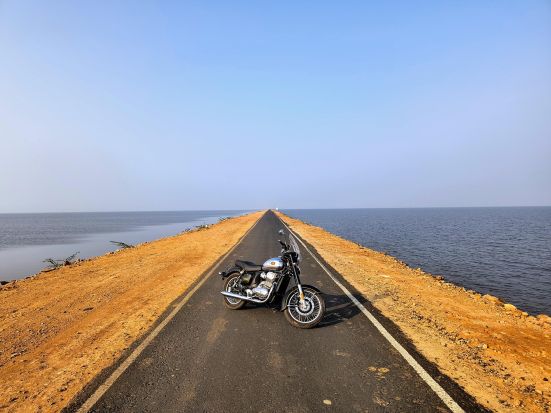
How to reach?
Bhuj, the capital of Kutch district – the largest in India at 45,674 sq-km, even bigger than Leh or Jaisalmer – has only two flights a day (from Ahmedabad and Mumbai). You can also drive from Ahmedabad (seven hours, 330 km). There are plenty of 3-star and 4-star hotels in Bhuj. But from November to March, stay in Dhordo (80 km north) where you’ll find plenty of tents and homestays and the flavour of Kutch.
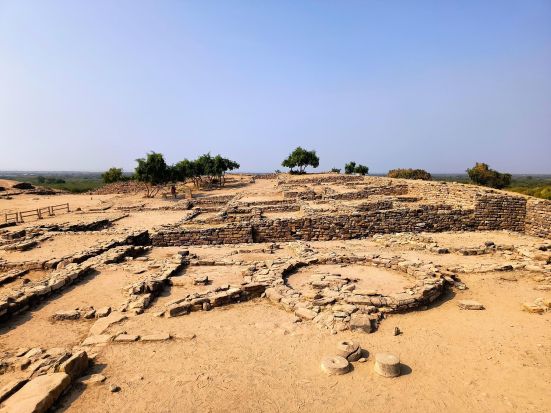
It’s the time when the annual Rann Utsav runs in this part of Kutch – a carnival of music, dance and natural beauty, and a visit on a full moon day is worth it.
What about roads?
Barring NH 341 which divides Kutch into east and west, all roads are narrow but smooth. It’s difficult to find self-drive cars in Bhuj, so it’s better to drive from Ahmedabad if you want to explore this landscape at your own pace.
It will be worth every moment, as I realised riding the new Jawa 350 motorcycle (Rs 2.14 lakh onwards) over two days – wide open spaces serve as a perfect landscape for photography, and empty roads are perfect to just enjoy the ride or drive, for hours.
What to eat?
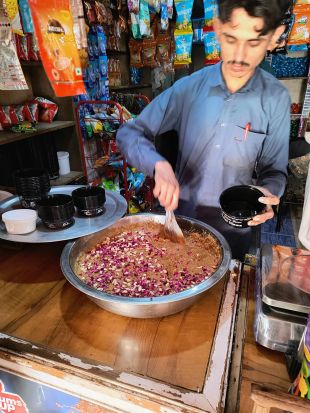
Kutchi dabeli is a popular street food. Kutchi thali is also a must-try – the flavour matches southern Rajasthan cuisine, and is vastly different from the ‘sweet’ Gujarati food.
Almost every roadside eatery serves mawa – sweetmeat made from milk thickened by heating in an open iron pan, and topped with dry fruits, spices and rose petals.
Road to Dholavira
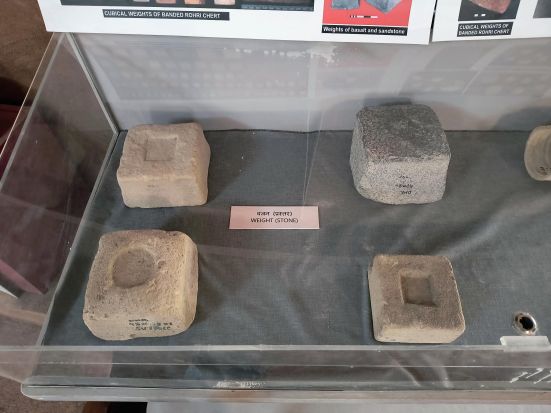
About 90 km east of Dhordo lie the ruins of ancient Dholavira – now regarded as the southern centre of Harappan Civilisation. Apart from the ruins, it has a well-maintained museum that shows people back then used defined weights, used to play a board game similar to chess, but whose script we still haven’t been able to decipher.
It’s the newest Harappan city to have been found (by JP Joshi in 1967-68). Joshi was an archaeologist who served as the director general of the Archaeological Survey of India from 1987 to 1990. It takes you to an era when India wasn’t called India, or Bharat, and shows the insignificance of not just life, but history.
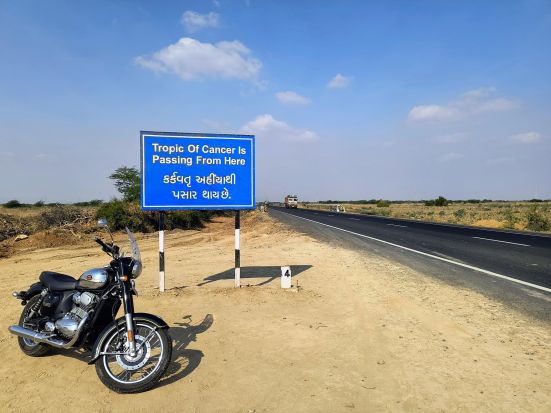
Road to heaven
The road to Dholavira is aptly called the ‘Road to Heaven’ – an almost endless stretch with salt flats and water all around, and flamingos in the winters, usually free of tourists (barring the initial and end sections where tourists swarm to take photos, and sadly push flamingos away).
April to October
You can also visit Kutch in the summers, but it gets too hot – almost 50 degrees Celsius and you will barely find trees or shade.
